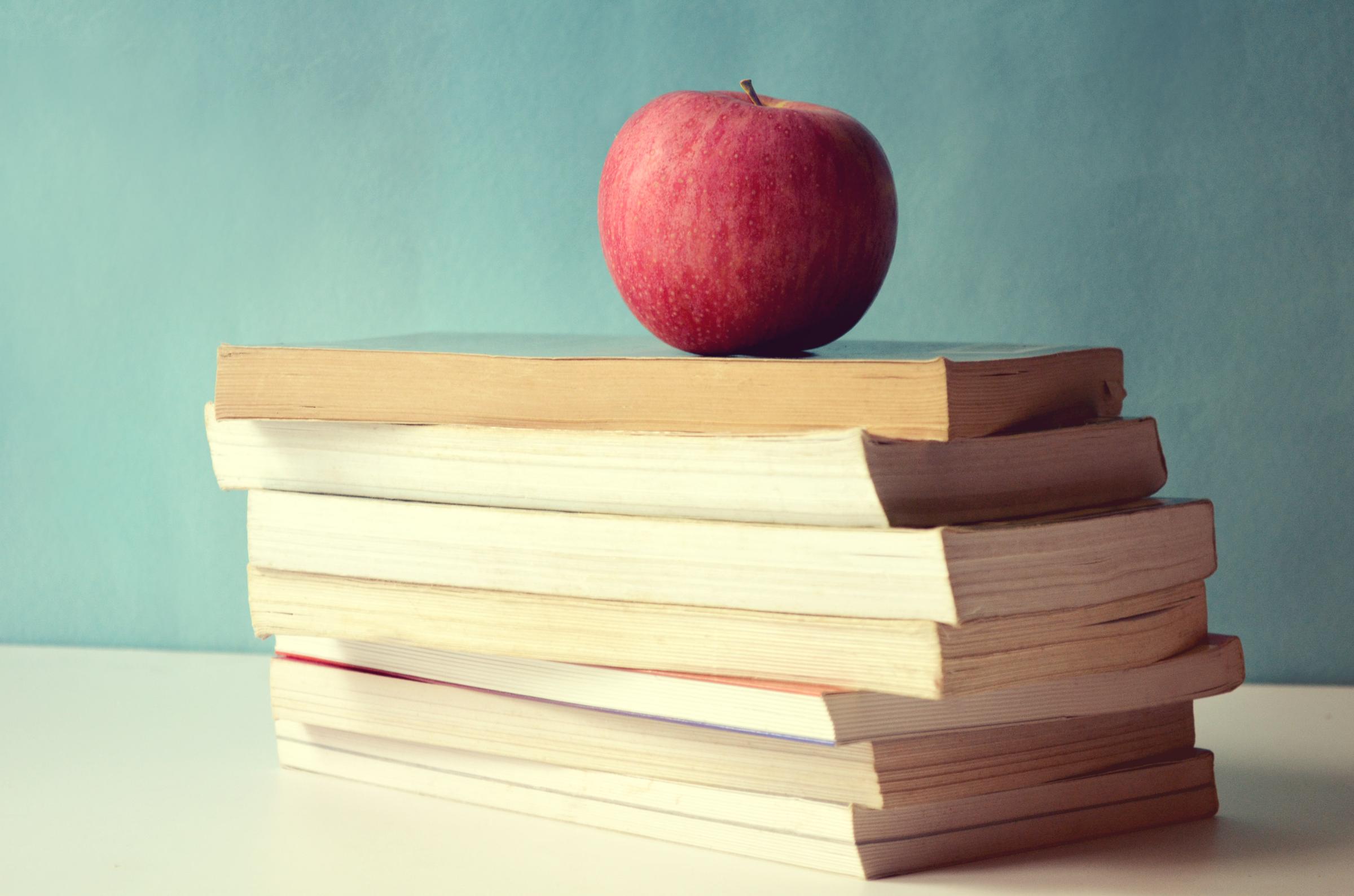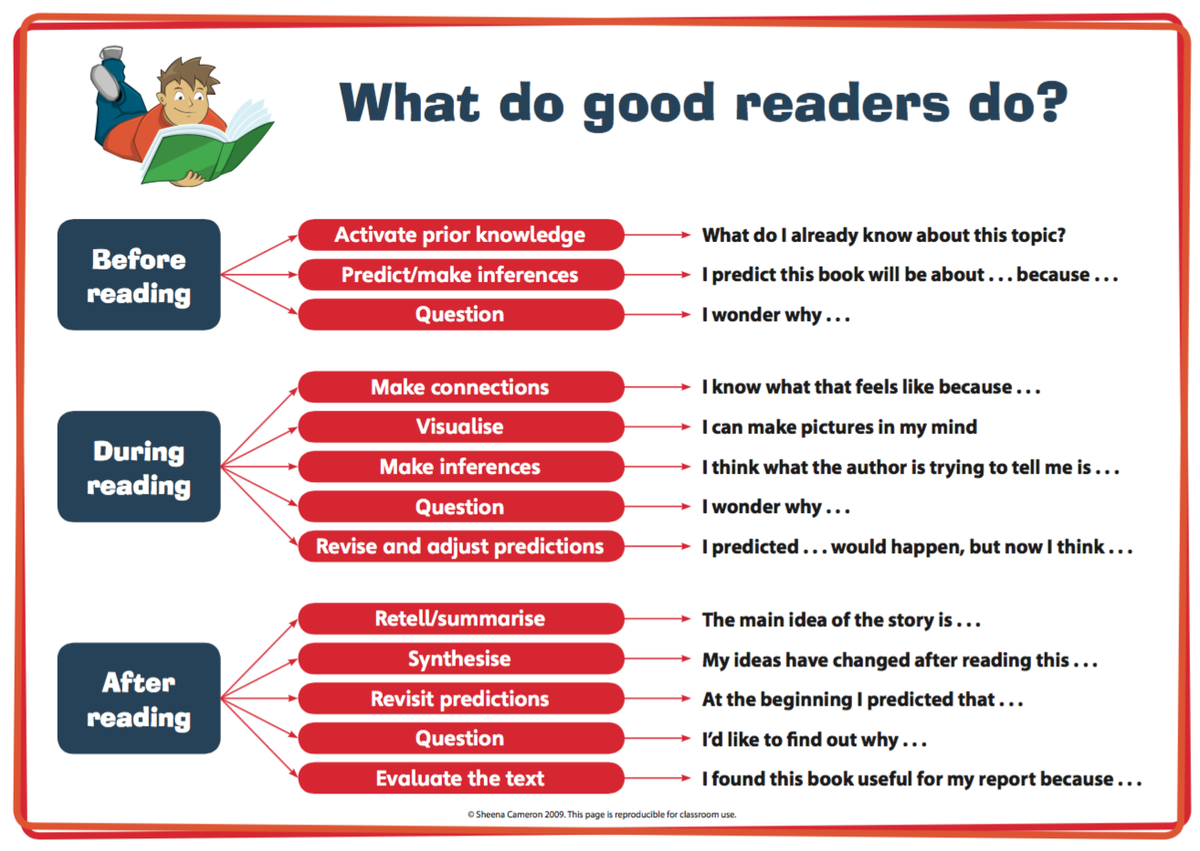Curriculum News
Compiled by Shannon Reeve

Curriculum News
Compiled by Shannon Reeve
At BPPS we deliver a balanced and developmental approach to Literacy through incorporating all three modes of English, Reading and Viewing, Writing, Speaking and Listening, in line with the Victorian Curriculum. On top of this, the implementation of the English curriculum is well supported through the teaching and learning of our Integrated Studies units of work.
Importantly, reading, writing, speaking and listening are not taught in isolation – to be a good writer you need to be a good reader. Teachers work in teams to ensure that the content and process of the three strands reinforce each other, so that students are immersed in reading, writing and talking about a particular subject in a particular way across all modes.
However, in this Issue I will be focussing on the Reading Program at BPPS.
Within the teaching of literacy, our teachers are always cognisant of the way students acquire language. Research tells us that a learner must be able to speak the language, before they can read it and read it before they can write. This understanding underpins all our work in a literacy classroom and highlights the importance of oral language across our learning programs.
As our teachers develop all our students’ abilities as readers, we focus on some core behaviours and skills. Regardless of where your child sits on the learning sequence, research tells us that these skills are necessary to be a successful reader. At the core of our work is the concept of engagement. How do our students view themselves as readers? From here we focus on a suite of skills that are taught concurrently; accuracy (de-coding words), fluency (do I sound like a story teller?), comprehension (a suite of strategies that help a reader make sense of what is read or viewed) and then the ability to talk and write about what has been read.
At BPPS, students are immersed in reading and we aim to foster a love of reading and create lifelong readers. We want our students to actively think about what they read, engage in discussions about what they read and form their own ideas and opinions. They use metacognition and their schemas to relate what they have read to their own experiences, other texts and the wider world. Importantly, at the heart of our reading program is the use of good quality literature.
Our reading programs are developmental across the school, with the upper years building upon the skills and concepts established in the lower years. In Foundation the focus is on learning to read, developing over the seven years of primary school so that ultimately the students are reading to learn. Ongoing monitoring and assessment by all our teachers assists the classroom teacher to plan a program that meets the needs of every student.
In the classroom our differentiated reading program uses the Gradual Release of Responsibility model – I Do (Teacher) / We Do (Teacher/Student) and You Do (student). During our daily reading lessons the following scaffolds are used to teach comprehension skills, grammar, text structures and how reading should sound:
Comprehension is one of the most challenging issues facing teachers of reading. We know that although many students are accurate and fluent decoders, this does not always translate into having a good understanding of the text. There is compelling evidence to show that we can improve students’ comprehension by the explicit teaching of reading comprehension strategies.
The Strategies:
| Other useful strategies
|
A designated reading block is undertaken by all classes. Students are explicitly taught reading strategies using Sheena Cameron Reading Strategies and then given the chance to practise them. They explore a variety of fiction and non-fiction texts independently, in small focus groups and as a class. They are encouraged to ask questions as they read, make predictions and inferences and to evaulate their thinking.
Students are taught to think about their thinking while they read. Students know this as ‘metacognition’. They think about their schema, which is how the books they read relate to their own experiences, to other texts they have read, and to what they know of the wider world.


In order to immerse students in a wide range of texts, each grade has a classroom library which is well stocked with books of a range of genres. The classroom libraries have texts catering to all interests and abilities. There is a range of fiction and non-fiction titles.
Each student from grades 1 to grade 4 has their own book box, which contains texts which are carefully selected by the student. They select books that are ‘Just Right’, which are based on their own interest and ability. In grades 5 and 6 students not only have their own choice texts but school novels that are used as part of the reading program.
The focus of the junior years literacy program is to develop the reading skills of all students from Foundation through to Year 2. This provides the building blocks of skills, strategies and attitudes for future learning.
Each child is carefully monitored and provided with explicit teaching so that they can be suitably challenged. Our junior years program includes a structured reading program which involves small focus groups, whole class participation and opportunities for students to work individually as well as collaborate with their peers.
In Foundation the focus is very much to ensure students are given every opportunity to have a successful start in English. At this level reading is the process of getting meaning from print. Children are encouraged to make sense of print by:
Students explore a variety of texts through: modelled, shared and independent reading. They are introduced to a number of beginning reading strategies, such as: predicting a story based on the pictures, using pictures to help with unfamiliar words and matching spoken words to written text.
In grades 1 and 2 students participate in a variety of literacy activities including guided reading, reading games, vocabulary activities and independent reading tasks.
An important component of the junior school reading program is “guided reading”. This is an instructional approach that involves a teacher working with a small group of students who demonstrate similar reading behaviors and can read similar levels of texts. Teachers select books that students can read with about 90 to 94 percent accuracy. Students can understand and enjoy the story because it's accessible to them through their own strategies, supported by the teacher’s introduction. They focus on meaning but also use problem-solving strategies to figure out words they don't know, deal with difficult sentence structure, and understand concepts or ideas they have never before encountered in print. The teacher supports the group of students to read a text independently, guiding or ‘scaffolding’ the students as they read, talk and think their way through a text. Guided reading gives students the chance to apply the strategies they already know to new text. The main goal of guided reading is to help students use reading strategies whilst reading for meaning independently. Guided reading sessions are made up of three parts: before reading discussion, independent reading, and after reading discussion.
In the middle years, grades 3 and 4 students are provided with a host of learning opportunities to refine and build their skills which were introduced and developed through junior years. The reading program provides meaningful opportunities for students to become confident and competent readers.
In 3-4, students are introduced to Literature Circles. In literature circles, small groups of students gather together to discuss a piece of literature in depth. The discussion is guided by students' response to what they have read. You may hear talk about events and characters in the book, the author's craft, or personal experiences related to the story. Literature circles provide a way for students to engage in critical thinking and reflection as they read, discuss, and respond to books. Collaboration is at the heart of this approach. Students reshape and add onto their understanding as they construct meaning with other readers. Finally, literature circles guide students to deeper understanding of what they read through structured discussion and extended written and artistic response. Literature Circles are continued in Grade 5.
In Grades 5 and 6 the reading program is designed to further strengthen students’ skills. Two parallel programs run. Students participate in reading groups where the focus is on comprehension skills and independent readers are used to practice comprehension strategies. They also participate in enriching literature novel studies known as Book Club. Novels are assigned by the teacher and students critically analyse the novels considering such elements as structure, character, plot, theme, symbolism etc. In Book Club students are given texts according to their abilities and interests. In addition to Book Club reading sessions, additional learning in the Reading and Viewing aspect of the curriculum involves the analysis of a range of different text types eg. non-fiction texts, poetry, persuasive articles, information reports.
Across the whole school students are guided to choose achievable reading goals and to reflect upon their growth as they work towards successful outcomes. These are reviewed regularly by the student and teacher during one to one reading conferences. Be sure you know your child’s reading goals so you can support them on staying on track, celebrating successes, and problem-solving as needed (including knowing when to abandon a book and choose one that is a better fit).
Accountable Independent Reading
An important part of our reading program is what we call ‘Accountable Independent Reading’, which involves the children undertaking around 30 minutes a day, usually at the start of the day, of sustained reading of a text of their own choice. During this time teachers will be undertaking one on one reading conferences with their students where they may be reviewing goals, conducting a running record, providing feedback.
The aim behind Accountable Sustained Independent Reading is we want to help students develop as readers and we want them to have a genuine interest in what they read. Therefore choice is key. Independent reading is done for information or for pleasure. Voluntary reading involves personal choice, reading widely from a variety of sources, and choosing what one reads. The text is not assigned or assessed, but it has a positive effect on learning and school achievement and research so far has pointed to this.
We encourage students to choose texts and topics that interest them. They also should choose books that are at a comfortable or challenging reading level. Hence we are teaching them to select ‘Good Fit Books’.
We do monitor what they are reading, make recommendations about new things students might like to try. We both support and hold students accountable for this reading.
Independent Reading has five purposes:
We hope independent reading will be enjoyable for our students and lead to a lifetime of reading or at least the ability to stick with a book!